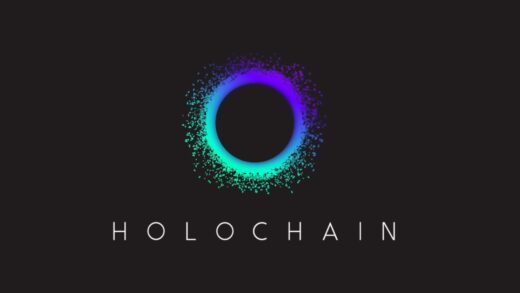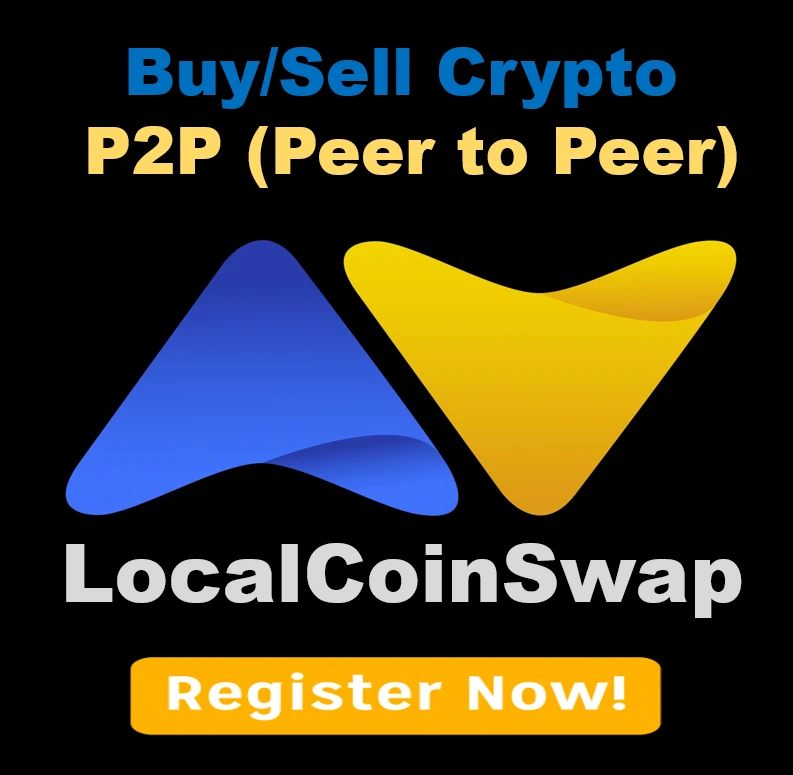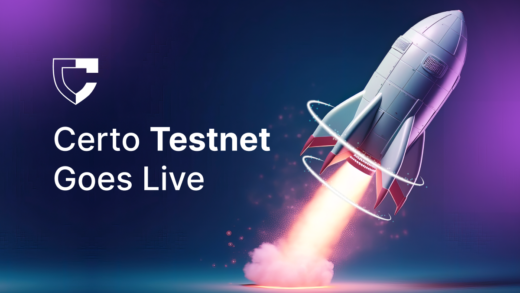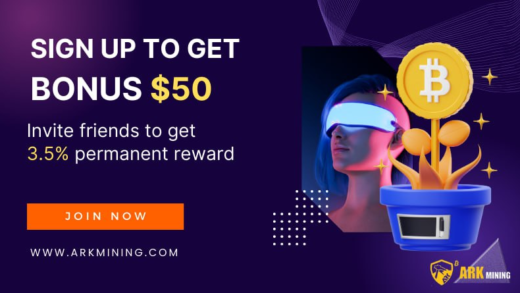Scalability and transaction costs have long been important pain issues in the dynamic world of blockchain and decentralized apps (DApps). The top DApp development platform, Ethereum, has encountered several difficulties in various domains. However, Arbitrum, an Ethereum Layer 2 scaling solution, has emerged as a potential answer. Arbitrum Development Company is at the forefront of blockchain innovation, paving the way for scalable and efficient smart contract solutions in the world of decentralized applications. This blog will examine Arbitrum and its potential to transform blockchain transactions completely, emphasizing the advantages and possibilities it offers to DApp developers, consumers, and the larger cryptocurrency community.
The Need for Scaling Solutions
Since its conception, blockchain technology has advanced significantly, and Ethereum has been essential to this progress. The growth of decentralized apps was made possible by Ethereum’s inventive smart contract features. Its shortcomings were made clear by its success, nevertheless, particularly with regard to scalability and expensive transaction costs.
Network congestion got worse as Ethereum-based DApps gained more and more traction. Exorbitant gas prices made even the most basic transactions costly, so pricing out a large number of potential customers. Ethereum’s transaction throughput also fell short of the increasing demand, leading to sluggish confirmation times and aggravating user experiences.
The cryptocurrency community started looking for Layer 2 scaling alternatives to support Ethereum after realizing how urgent it was to address these issues. A Layer 2 option that has attracted a lot of interest is Arbitrum; it promises quicker and more affordable transactions.
What is Arbitrum?
Arbitrum layer2 Solutions was developed to improve the security and decentralization of the Ethereum network without compromising its speed. Because it is a sidechain compatible with the Ethereum Virtual Machine (EVM), DApps may be implemented on Arbitrum without requiring significant changes to their current smart contracts. Because of its smooth compatibility, DApp developers aiming to improve the speed of their apps now use Arbitrum as their preferred option.
Arbitrum Development Services pave the way for seamless and efficient blockchain solutions, unlocking the full potential of decentralized applications. Optimistic Rollup technology is one of Arbitrum’s unique features. This technique maintains the Ethereum mainnet’s security while enabling quicker and more efficient off-chain transaction processing. Transactions in an Optimistic Rollup system are first carried out on the Arbitrum sidechain; disputes or discrepancies are then resolved on the Ethereum mainnet. Both transaction costs and confirmation times are greatly decreased by this method.
Benefits of Bridging to Arbitrum
- Quicker Exchanges
The speed of transactions is one of the biggest benefits of bridging to Arbitrum. Arbitrum Technology Solutions, with its innovative approach to blockchain scalability, is paving the way for a faster and more efficient future in decentralized applications. Users frequently had to wait several minutes or even hours for a transaction to be confirmed while using Ethereum’s Layer 1 network. Transactions can be processed much more quickly according to Arbitrum’s Optimistic Rollup technology, which may cut confirmation periods from minutes to seconds.
For many use cases, this speed is revolutionary, particularly in sectors like gaming, non-fungible tokens (NFTs), and decentralized finance (DeFi), where real-time transactions are critical. DApps operating on Arbitrum have the potential to offer a more responsive and seamless user experience, increasing their competitiveness and user attractiveness.
- Lower Transaction Costs
For many users and developers on the Ethereum network, high gas prices have been a major obstacle. Arbitron provides a more affordable option. Arbitrum lowers the gas prices connected with Ethereum transactions to a small portion of their initial cost by shifting the majority of transactions off-chain. For both consumers and developers, this cost decrease is essential since it increases the accessibility and viability of DApps.
Reduced transaction costs create opportunities for high-frequency trading and microtransactions, which were previously unfeasible because of high fees. In the end, this affordability can promote financial inclusion by incentivizing the creation of DApps that serve a wider range of economic backgrounds.
- Scalability
A key consideration for any technology hoping to find widespread use is scalability. The Ethereum network was experiencing congestion and decreased speed due to its limited ability to handle transactions. Due to Arbitrum’s capacity to remove a large amount of the Ethereum mainnet’s transaction load, these scalability issues are mitigated.
Because DApps operating on Arbitrum Crypto Token Development can manage a higher volume of transactions, users will get a seamless and responsive user experience. Not only does scalability support a larger user base, but it also fosters creativity and new use cases since it allows developers to create DApps with greater transaction throughput requirements.
- Improved User Experience
An expedient and economical blockchain encounter results in an enhanced customer experience. DApps that offer inexpensive, rapid, and effective transaction processing have a higher chance of gaining users’ attention and confidence. DApp developers may increase user engagement and draw in a larger user base by utilizing Arbitrum’s features.
Moreover, widespread acceptance depends on a flawless user experience. High gas prices and sluggish confirmation times are sometimes disheartening for those who are new to blockchain and cryptocurrency. These obstacles are greatly lowered with Arbitrum, facilitating novices’ exploration of the DApp ecosystem.
- EVM Compatibility
Compatibility with the Ethereum Virtual Machine (EVM) is one of the most attractive aspects of Arbitrum. This implies that little changes are required for the deployment of current Ethereum smart contracts on Arbitrum. DApp developers may benefit from quicker and less expensive transactions while keeping the same codebase.
Because of this compatibility, DApp developers may easily move their apps to Arbitrum while keeping their current user base and community. Additionally, it makes the transfer to the Arbitrum ecosystem simpler for developers who are already familiar with Ethereum by lowering the learning curve.
How to Bridge to Arbitrum?
DApp developers and consumers must bridge their assets and apps from the Ethereum mainnet to the Arbitrum sidechain in order to begin enjoying the advantages of Arbitrum. The general procedures to bridge to Arbitrum are as follows:
- Pick a Wallet That’s Compliant with Arbitrum: Make sure the wallet you’re using supports Arbitrum. Wallets from Coinbase, Trust, and MetaMask are popular choices. To join the Arbitrum network, you might need to change the settings in your wallet.
- Move Assets: Move your Ethereum mainnet assets, such as tokens or ETH, to the Arbitrum sidechain. Usually, this method entails working with a bridge contract, which mints equal assets on Arbitrum and locks your holdings on the Ethereum mainnet.
- Access DApps on Arbitrum: After putting your assets on Arbitrum, you may utilize and access DApps set up on the sidechain. Ethereum users will recognize these DApps, but they also provide speedier transactions and cheaper costs.
- Interact with Current Smart Contracts: Since Arbitrum is EVM compatible, as was previously said, you can deploy your current Ethereum smart contracts on Arbitrum with little to no modification. This makes it easier for DApp developers to make the switch.
Use Cases for Arbitrum
The advantages of Arbitrum apply to a wide range of blockchain and DApp development use cases. Let’s see how Arbitrum can transform these industries:
- DeFi
DeFi has been a major force behind the adoption of blockchain technology, but one enduring problem has been the high cost of gas. DeFi protocols can provide quick and affordable options for lending, trading, and yield farming with Arbitrum. DeFi developers and users can benefit from lower transaction costs and more user-friendly, efficient apps.
- NFTs
The demand for NFTs (Non-Fungible Tokens) has surged because of the rise in demand for virtual real estate, collectibles, and digital art. Arbitrum is a great platform for trading and NFT creation because of its cheap transaction fees and quick confirmation times. NFTs may be mined and traded by gamers, artists, and collectors without having to pay expensive gas costs.
- Gaming
The traditional gaming business might be disrupted by blockchain gaming. However expensive fees and sluggish transaction times have impeded its expansion. Blockchain games can easily and affordably provide in-game purchases, asset trading, and awards using Arbitrum.
- Supply Chain
Blockchain technology is not just for financial and entertainment purposes. Supply chain management may profit immensely from the blockchain’s immutability and openness. Because of Arbitrum’s efficiency and scalability, tracing and confirming the origin of goods is now easier and more reasonably priced.
- Social Networks
Social networks built on blockchain are meant to provide users greater control over their privacy and data. These networks may provide a more seamless user experience with quick and affordable micropayments for influencers and content producers by utilizing Arbitrum.
Conclusion
The long-standing issues of scalability and high transaction costs in the blockchain and DApp development area have been significantly addressed by Bridging to Arbitrum. With this Ethereum Layer 2 scaling solution, transactions may be completed more quickly, affordably, and scalable all while remaining compatible with the Ethereum network.
The wider cryptocurrency community, DApp developers, and consumers may all profit from Arbitrum. With lower fees and quicker confirmation times, users can have a better experience, developers can optimize the performance of their DApps without requiring significant code changes, and the crypto community as a whole can explore new use cases and innovations that were previously impeded by Ethereum’s Layer 1 limitations.












